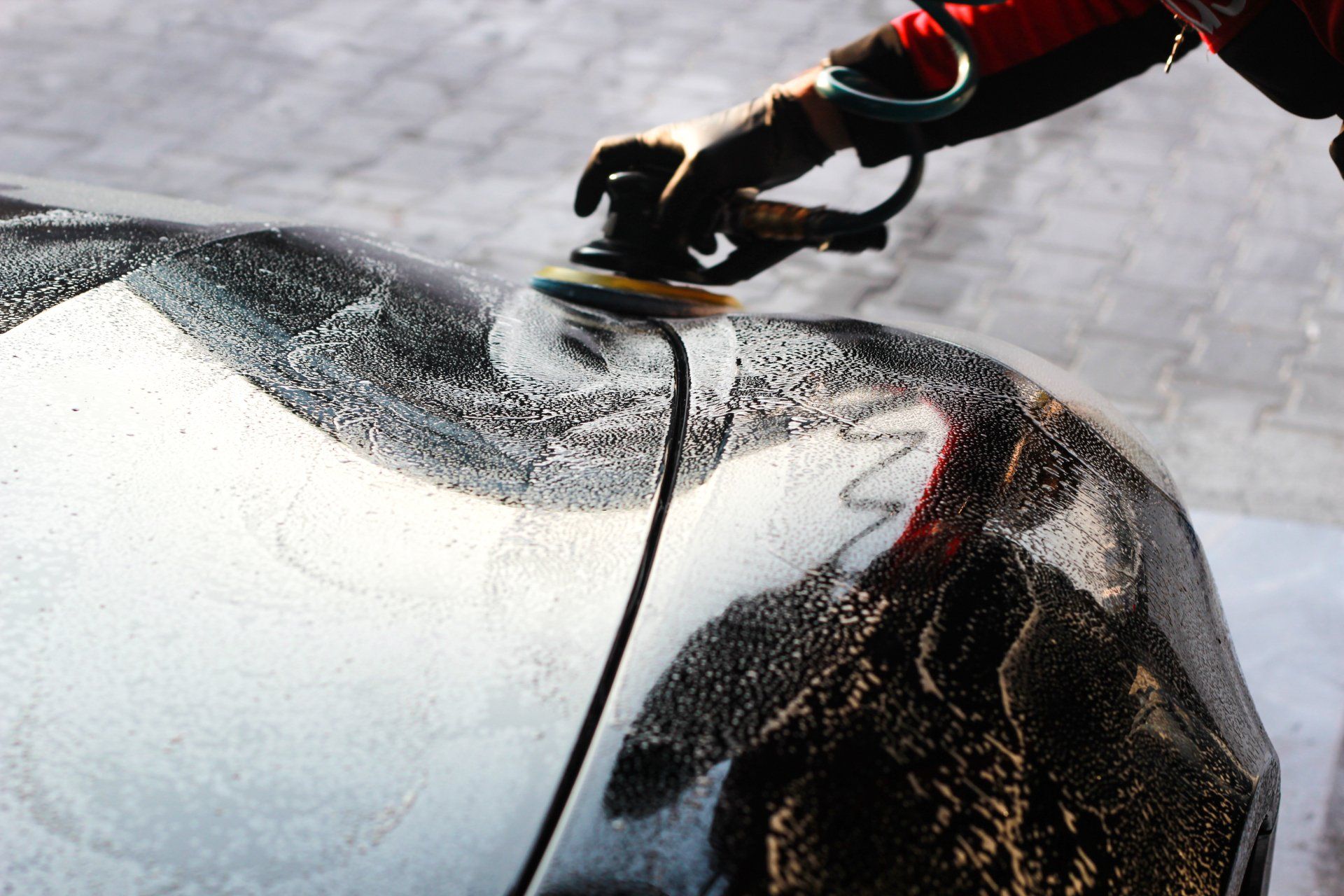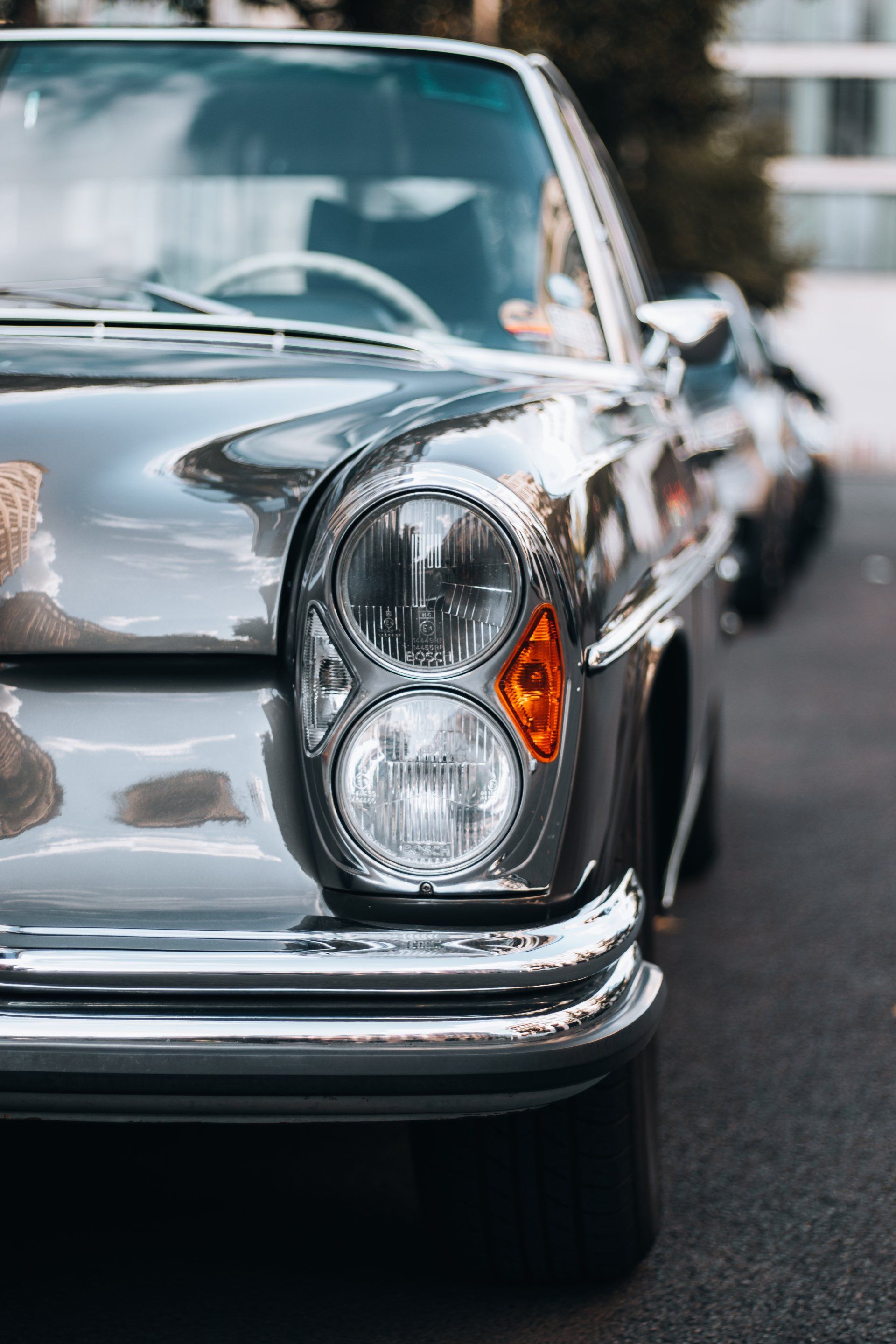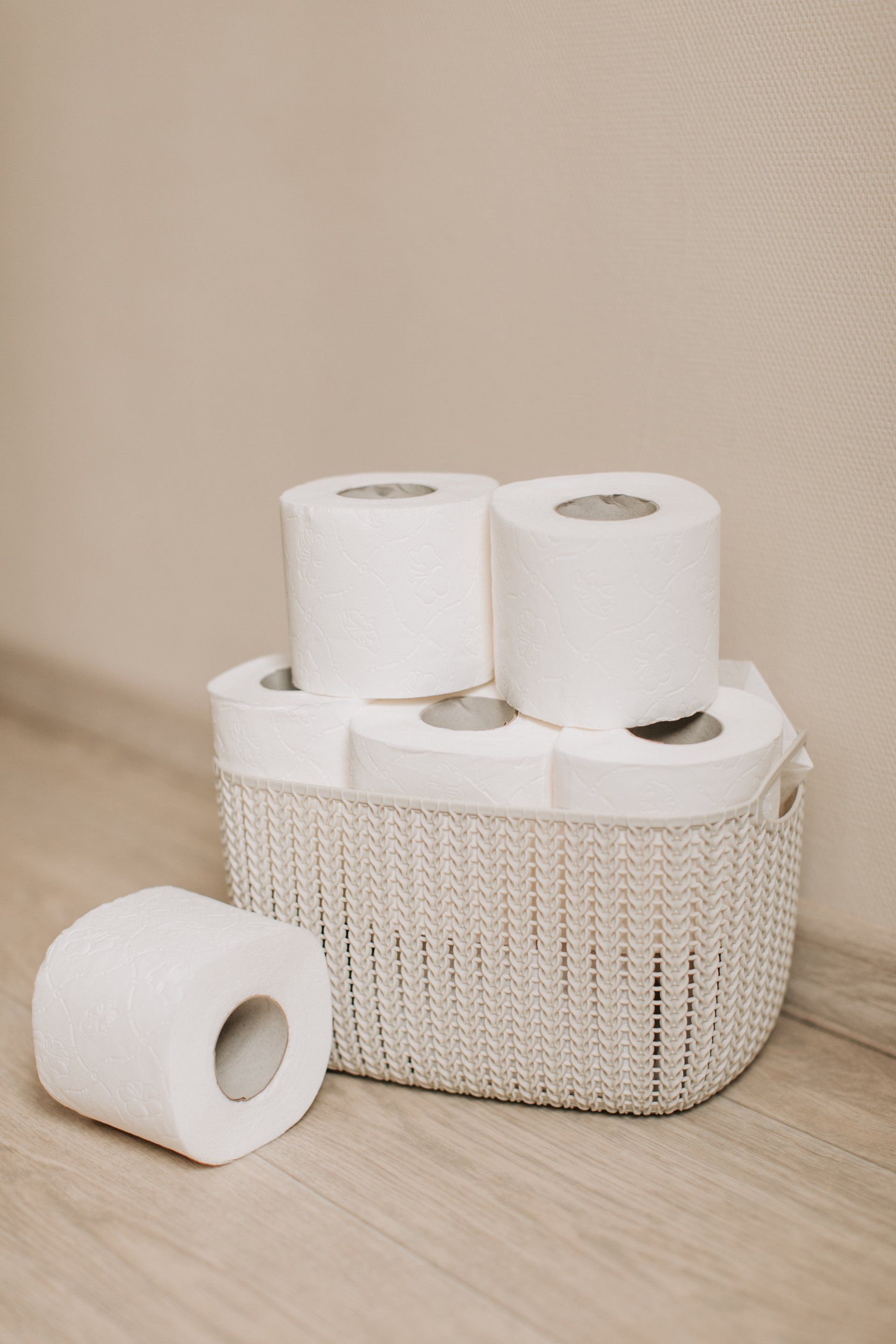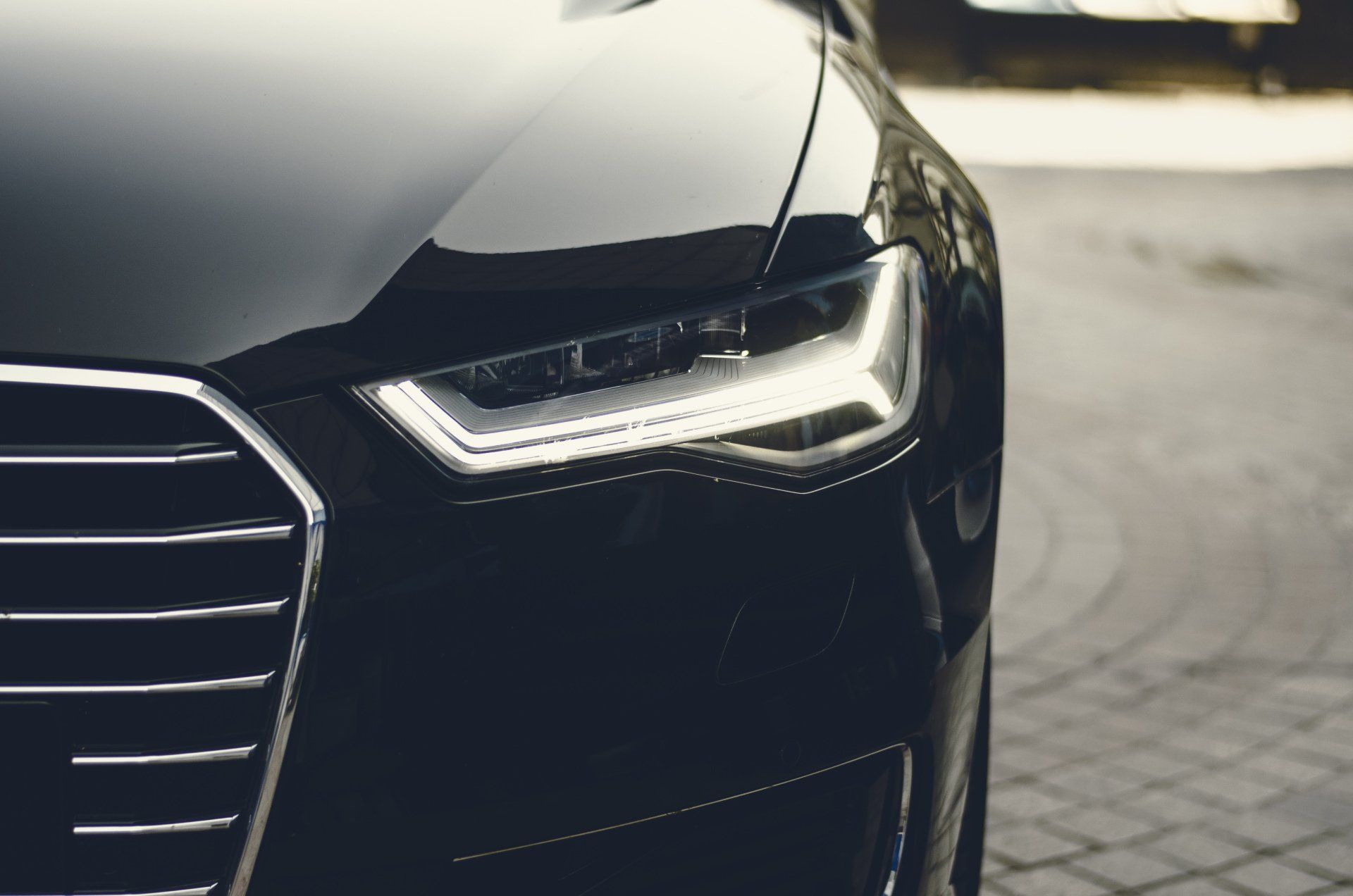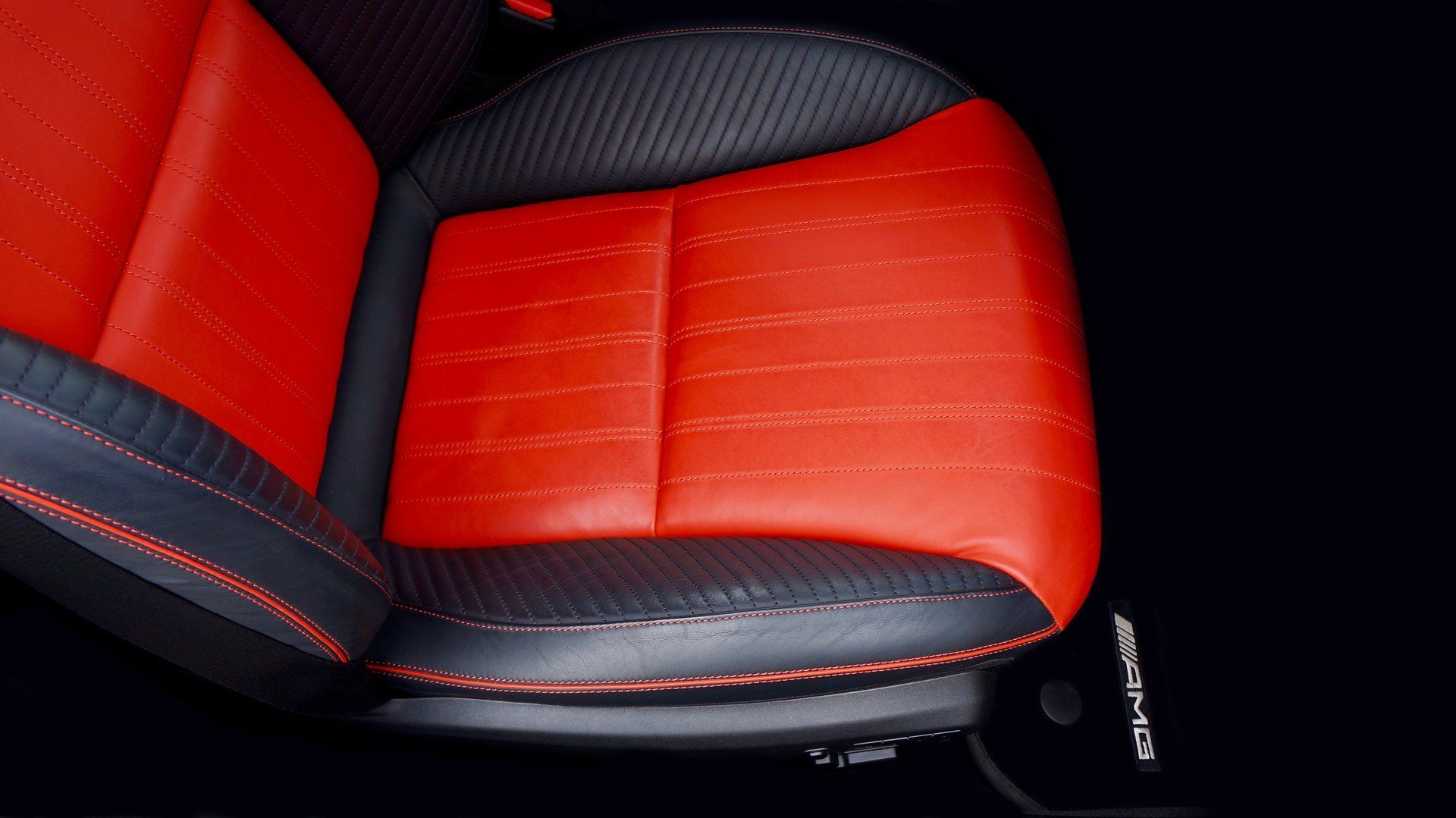Brake Caliper Paint Pointers
Brake Caliper Paint Pointers
The paint on brake calipers doesn't impact performance; however, it can affect the look of a vehicle that has expensive rims. What color paint do you want to use on the calipers?
The design and performance of open-design alloy wheels have replaced steel wheels on a lot of the vehicles of today. The resultant peek-a-boo displays of these car brakes (particularly on rims with large diameters) have prompted the top sports car makers to create brake caliper paint that they could use to draw attention to their models for production.
When Ferraris and other cars with exotic designs started rolling off the production line with painted brake calipers during the 1990s, the world was aware, and, in the middle of the decade, brake paint for calipers was even the norm on some domestic models.
Why Paint Brake Calipers?
The highlighter on brake calipers, by applying paint, has nothing more than an aesthetic choice. Some people compare the process to decorating your nails. For others, protecting the surfaces of drums and/or brake-rotor hats from corrosion that is unsightly is the best way to go after investing in alloy wheels or custom-made ones. If you're in this situation, it is possible to avoid the vibrant yellows and reds used on sports coupes to opt for a metallic or black shade. No matter what you decide, automakers offer a variety of options.
What Makes Caliper Paint Different?
The brake-part surfaces are among the most hostile environments for paint. They are typically hotter than the ones found in engines, brake fluid consumes paint for its lunch, and brake dust covers everything that is visible. The coatings need to provide tough and heat-resistant properties that stand against road chemicals and solvents. The first DIYers who tried caliper painting employed paint for engines due to its ability to withstand high temperatures. Paint companies saw the pattern and responded with their own products.
One thing to remember: These paints are extremely durable, and once they've been applied, it is unlikely to be able to go back. If you are considering recoating, ensure that the manufacturer has recommended the product for use on painted surfaces. Other than that, you can choose either replacement or sandblast.
Brake Caliper Paint Options
The process of painting metal bare usually begins with a high-heat primer. There are options that can endure temperatures as high as 2000 degrees F.
Ceramic resin paint is available in both brush-on and spray-on forms. Since it is an enamel-based paint, it is typically rated at 500 degrees F or greater and then hardens to form a tough surface. The paints are reasonably priced ($8 or $15) and easily accessible. To get the most attractive appearance and performance, you should apply a heat-resistant clear coat of ceramic paint to the caliper. Many companies sell kits that include everything you require at the cost of $45 or less.
Two-Part Epoxy Resin Paints
The two-part epoxy resins withstand much higher temperatures than ceramics (often up to 900 temperatures F). They last longer. The paints can be applied with two coats and do not require an additional clear coat or primer. They're more volatile, however, and need more safeguards for the skin while you perform. An epoxy-based kit can cost between $60 and $80.
Other Brake Caliper Paint Options
Other options to customize the brake calipers you have are powder coating (very robust and extremely durable and heat-resistant), as well as vinyl coating. Both are able to be applied by a self-made DIYer and are alternative paints to solvent-based. There are some businesses that sell a range of powder coating powders, which range in price between $8 and $20. However, you'll need an air-tight powder coating gun as well as an oven for powder coating.

